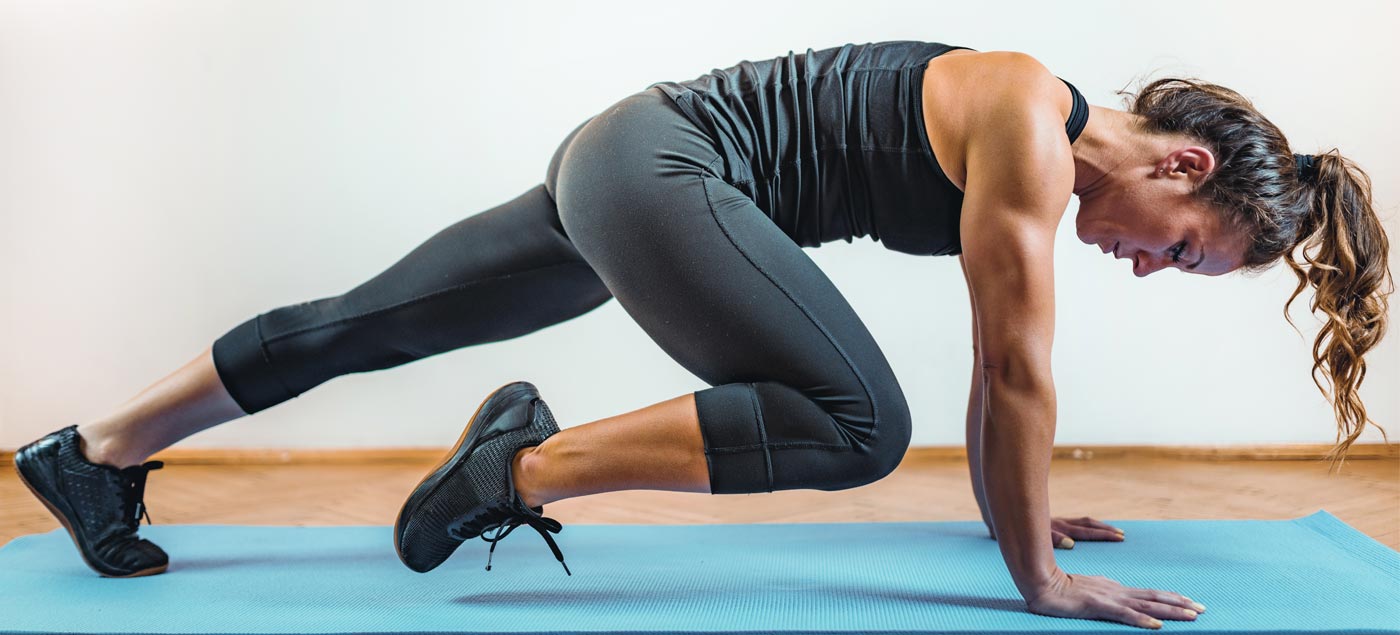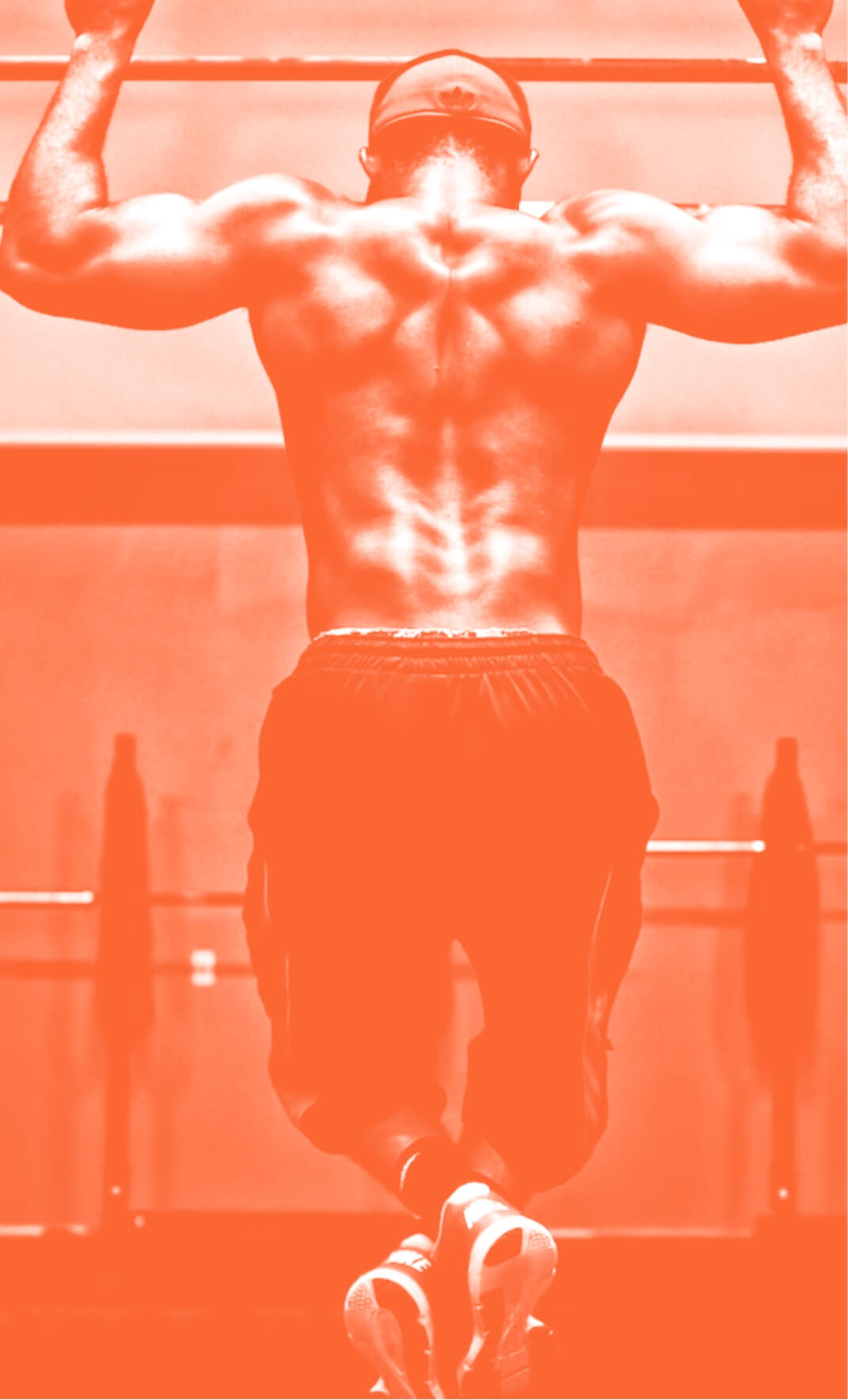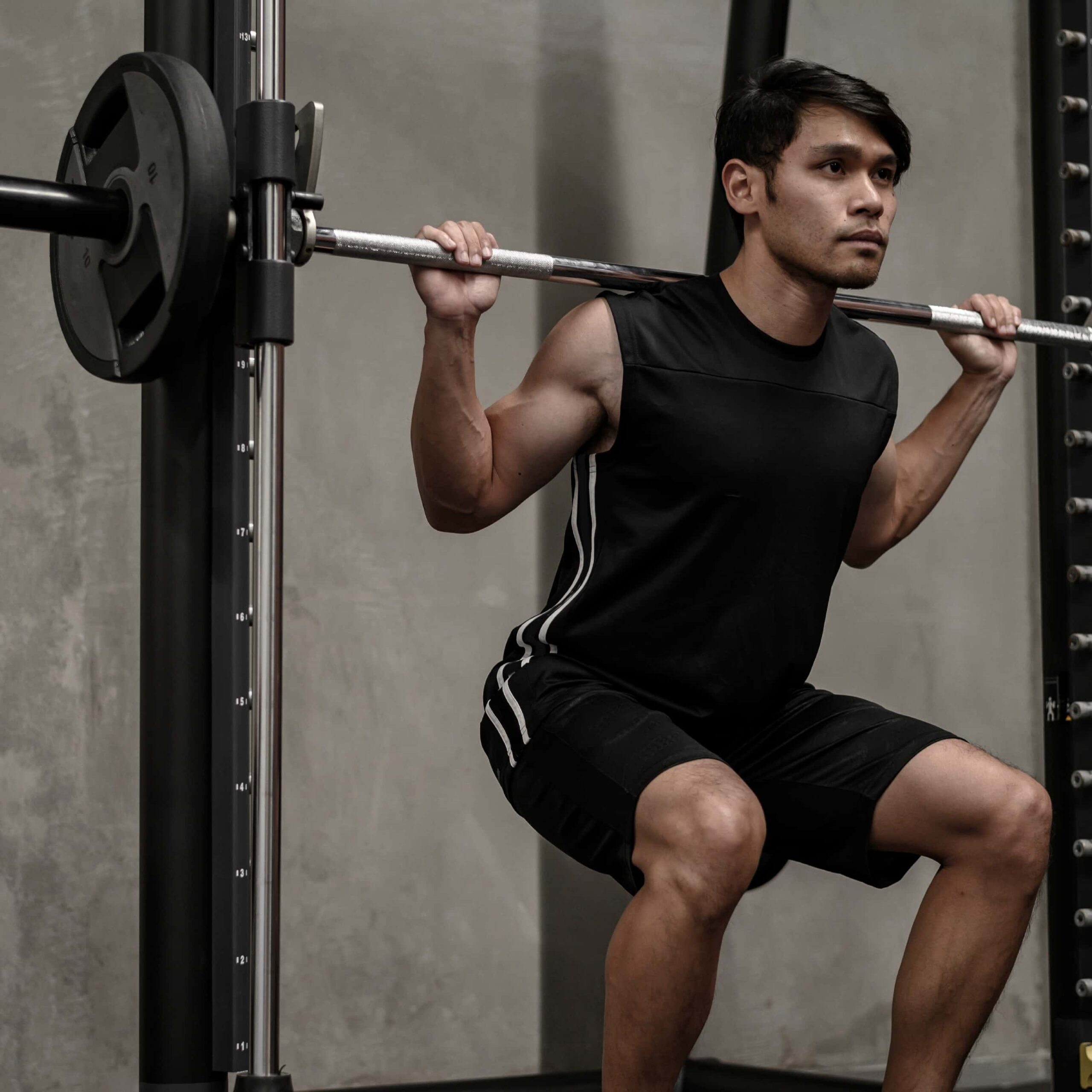The Definition of HIIT & What Makes It Effective
6th Dec 19

HIIT training is one of the best things to come to fitness, probably ever. It’s famous for being one of the most effective, efficient, and just generally amazing exercise styles out there if it’s something you can do sustainably. Still, before you jump on the bandwagon, it’s always a good idea to learn what it actually is and what’s behind it that makes it so awesome.
We’re here to break down some of the biggest questions about it, like what it actually is, what it does, and what makes it so amazing, all in the same place, to give you the best possible chance at using it as your new favourite workout. It’s pretty intense.
Want to move fast? Jump to the right section below.
What Is HIIT?
The first thing to consider with HIIT training is what it actually is. HIIT training is the shortened abbreviation for its full name High-Intensity Interval Training, which is based on exercising at a hardcore intensity for a short spell, then taking it slow and repeating for a full workout. That’s it in a nutshell.
It shares a lot of its roots from the Tabata-style workout that came to light a while back, and it shares its proven effectiveness but over a longer workout, which means bigger results if you use it correctly. The remarkable thing about it is that it isn’t limited to one kind of workout either, and you can use it for just about anything!
What Does It Do?
The next place to look is what it is that HIIT actually does to make it so good. HIIT training is designed so that you can get the same workout results that you’d get over, say, a 30-40-minute workout, but in half the time. That’s done by going all out for a brief duration which is something you normally couldn’t do for a full workout and taking rest breaks in between it.
By doing that, you’re keeping your heart rate at, say 80% of its maximum rate instead of maybe 60% for a longer time. The result is a much higher calorie burn because of the extra effort and a shorter workout too. For a lot of people with a busy schedule or that are just bored with exercise, that’s the perfect fit in everyday life to keep up the exercise routine.
How HIIT Works

So, to get a better understanding, it’s a good idea to look at HIIT training in action. Say you pick a HIIT treadmill workout, for example. The idea is that you’d push yourself to sprint as hard and as fast as you can for, say, 30 seconds, and then take 60 seconds slowly jogging or walking if you need to, to get your breath back and go again.
Over 15 minutes, you’ve spent 5 full minutes going as hard as you possibly can and still working even during the slow period. That means you’ve hit your body a lot harder than you usually could, and the result is a seriously strong calorie burn that’s likely building some muscle as well. The two of those things combined means you’re getting all of the benefits that exercise has to offer, and in a really short workout.
What You Can Do
Because of the nature of the exercise style, you can actually use it in way more ways than just running as well. Say, for example, you have another cardio machine… You can apply exactly the same workout style to pretty much anything you like. It’s perfect for using a cardio machine to its full potential, or even just outdoor activity. On top of that, you don’t also have to stick to the same exercise if you don’t want, and you can use multiple exercises in the same workout!
Even using some light weighted exercises or bodyweight training moves, you can build muscle in an awesome superset style while combing in all of the awesome benefits HIIT offers you too. It really is one of the most efficient training styles out there!
Limitations

As with any exercise, it’s not always the perfect fit for everyone, and it needs to be mentioned before we say it’s the best thing ever. There are a few downsides which may be a deal-breaker for some.
One of the biggest is that it’s really hard work. If you’re new to fitness or you prefer a more relaxed but longer workout, this might not be the best thing for the job. If your workouts are too difficult for you, it can leave a bad taste in your mouth about exercise, and it might not be sustainable long term. You need to enjoy exercise, after all.
On top of that, especially for some workouts, HIIT may be a little loud. If you’re exercising in the next room to sleeping children, for example, sprinting on your treadmill may be a bit on the noisy side. Make sure you pick a training style that is going to fit in with your life; otherwise, it’s easy to give up due to the inconvenience.
Like with all exercise, HIIT is what you make of it. It’s definitely one of the best ways to train that you can find, but that doesn’t mean it’s the perfect fit for you. It’s always worth a try to see how you find it.
Here’s a quick recap to help you decide.
The Benefits of HIIT:
- Time-Saving
- High-Calorie Burn
- Transferable
- Grows With you
The Issues With HIIT
- Often high impact
- Hard work
- Usually Loud

Before beginning any exercise or nutrition program, consult your physician, doctor or other professional. This is especially important for individuals over the age of 35 or persons with pre-existing health problems. Exercise.co.uk assumes no responsibility for personal injury or property damage sustained using our advice.
If you experience dizziness, nausea, chest pain, or any other abnormal symptoms, stop the workout immediately.









